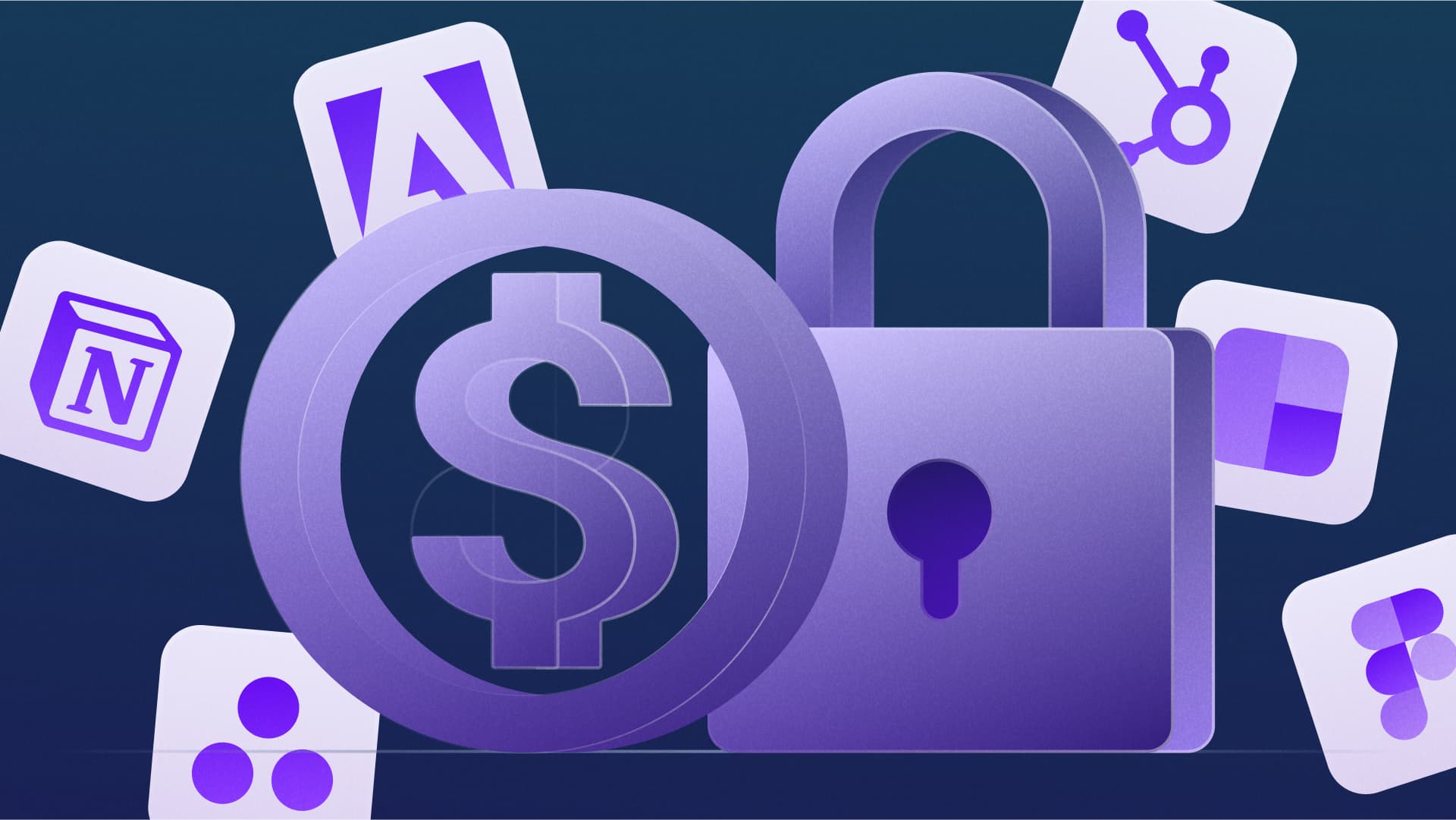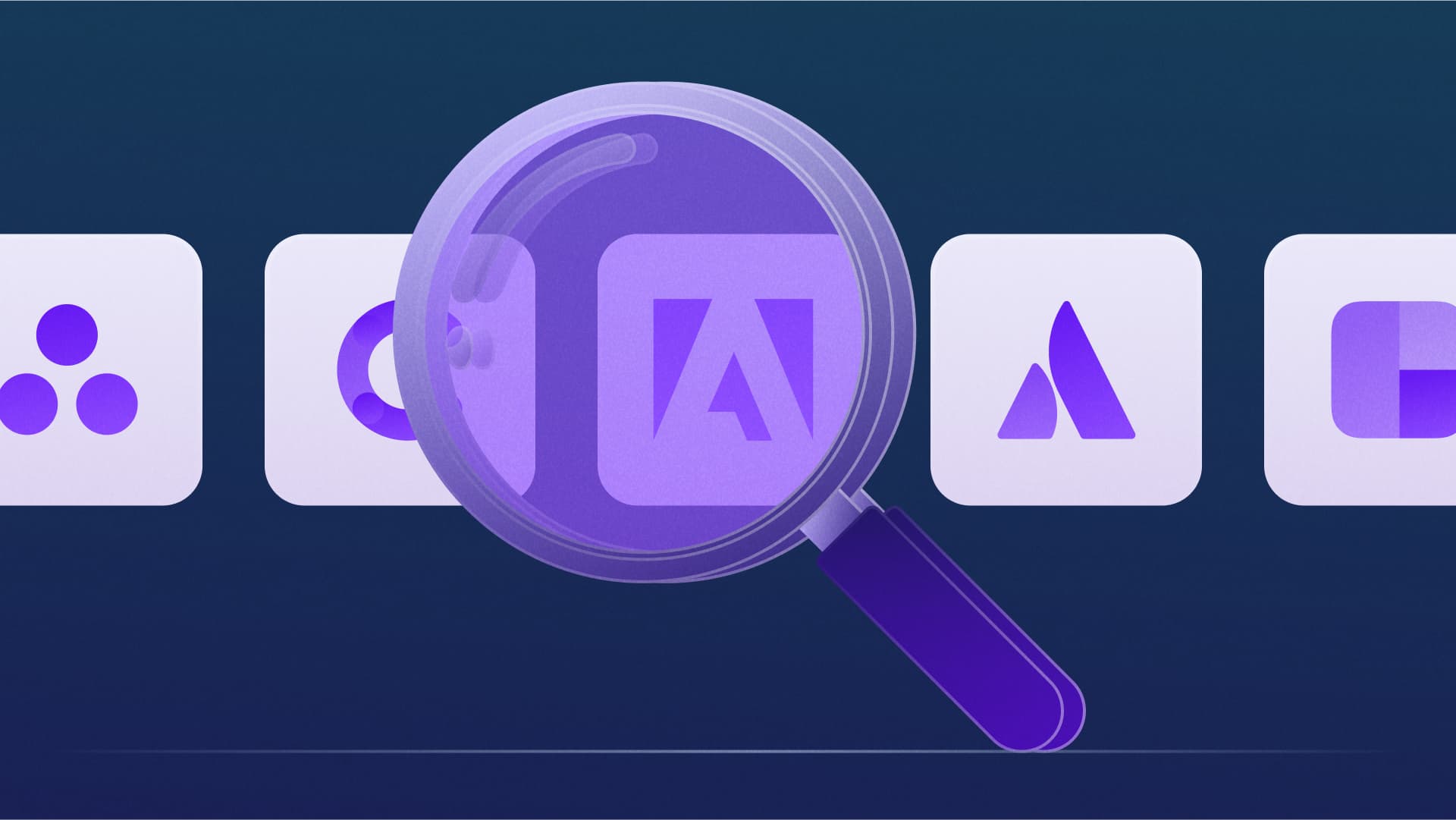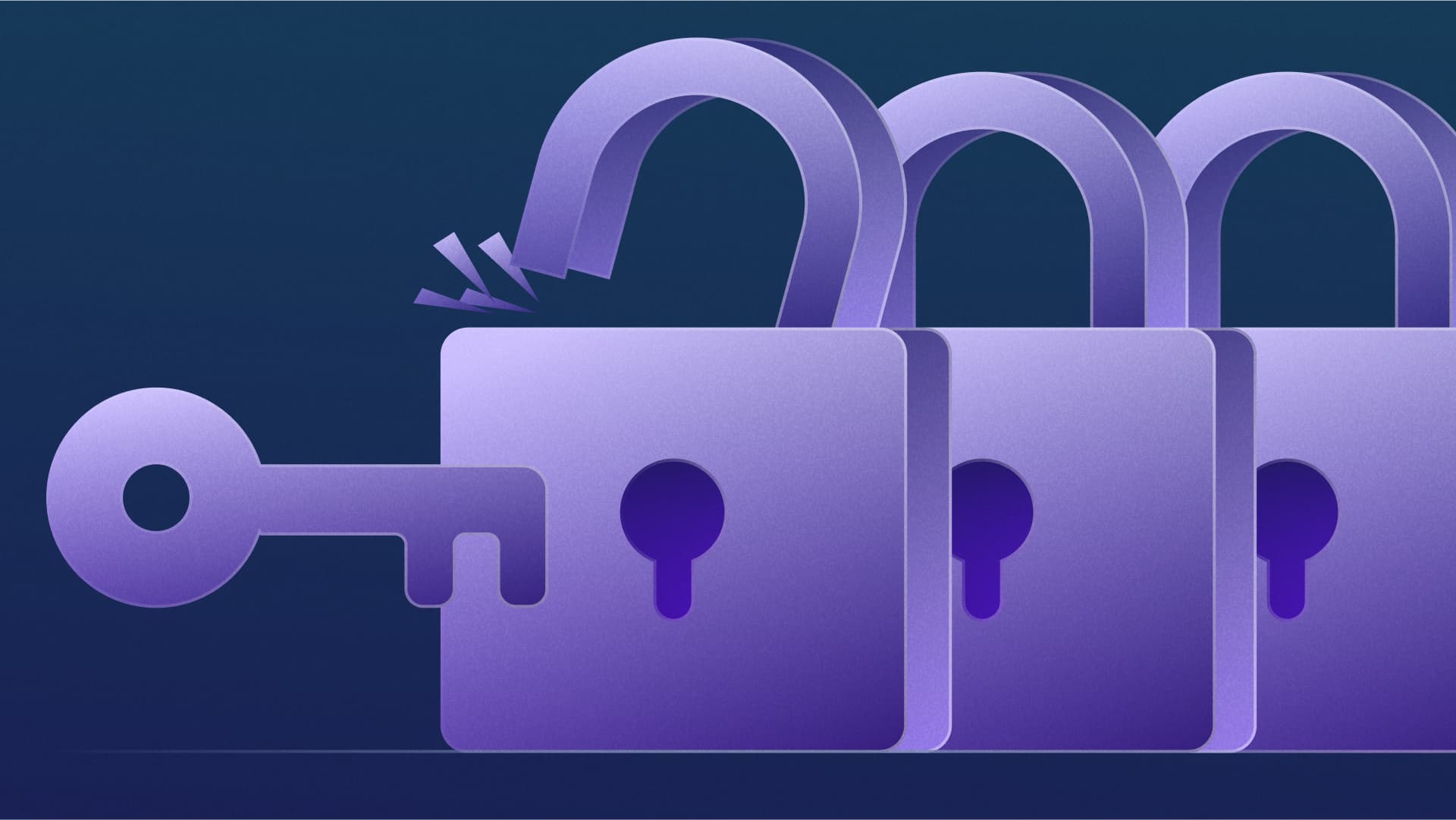Introduction
Your choices are simple - and unenviable. Either stick with the unsuitable or sub-standard vendor, or face spiraling costs and condemn the organization to continuous firefighting as you ‘make do’ - probably jeopardizing growth ambitions in the process.
This is Vendor Lock-In - a common and costly problem that 87% of procurement leaders have experienced, according to a recent Vertice Community poll.
This report will guide you through the traps that come from being stuck with a vendor that does not adequately service your current or future requirements, so you can identify the warning signs before they strike.

The growing storm
Companies are increasingly keen to experiment with and adopt AI.
However, if you are locked into a SaaS vendor whose AI-based development roadmap is underwhelming, or whose features, integrations or data structuring hold your ambitions back, this could leave you at a huge competitive disadvantage while your better-equipped, more flexible peers can use or develop AI tools more readily.
The other way that AI creates Vendor Lock-In is where AI has already been deployed.
The more advanced AI tools will have learned from your data, queries, prompts, interactions and responses, and gradually perfected the intelligence they serve.
Despite all of the time, money and patience invested in teaching the model, these learnings become inherent to it and cannot be taken with you to another vendor - making it difficult and expensive to move from one AI tool onto another and start from scratch.
SaaS inflation (+11.3% YoY) is driving up prices, resulting in SaaS spend per employee reaching a record high of $9,100 per annum.
Procurement leaders are prizing flexibility in contracts and vendors to get the best deal. Becoming stuck with a vendor almost guarantees missing opportunities to cut costs.
But this assumes all contracts are actively negotiated. Our data shows that price increases are built into 52% of auto-renewed contracts, meaning if procurement teams aren’t on the ball with renewals, prices can still creep up.
As the global trend of cost-cutting continues, businesses are under pressure to decrease spending.
But vendor lock-in gives no room to maneuver, putting procurement leaders into situations where they are stuck with high cost contracts and either have to pay their way out of them or make detrimental cuts elsewhere to compensate.
Usage-based pricing, outcome-based pricing, or a hybrid of the two, are beginning to gain gradual traction in the market, offering more opportunities for cost control and savings.
However, vendors are concurrently tightening auto-renewal clauses and bundling features to make it harder for companies to downgrade or switch when adopting a new pricing structure.
Without care, exploring a new pricing model for cost control purposes may actually lock you into more costs in the long run.
SaaS has traditionally been an extremely competitive market, however large players are increasingly using mergers and acquisitions to expand their portfolios, solidify their market supremacy and eliminate rivals.
Notable examples include Cisco’s $28bn acquisition of security and data analytics disruptor (and rival) Splunk in March 2024, or Paychex’s acquisition of payroll SaaS Paycor HCM for $4.1 billion in January 2025.
This is generating fewer choices for the customer, giving dominant vendors more leverage to enforce lock-in.
The Causes

In the early days of SaaS, auto-renewals were originally a shield offered by vendors to customers to protect them against a loss of service at the end of a contract term.
These days, they are seen as a way for vendors to quietly (unless contractually obligated to notify) maintain customers, and even increase revenue without needing to go through a selection or negotiation process again.
This creates both unexpected and unnecessary budget leakage, on top of the restarted contract term.
If a customer has signed a multi-year contract with a vendor to enable stability and save costs on the initial outlay, but hasn’t negotiated a break clause, there is very little they can do to extricate themselves if a more viable option appears during their contract term.
If a vendor is consistently failing to meet its contractual obligations, customers will often be able to remove themselves from the contract.
But our data shows that in 96% of contracts, customers fail to negotiate either break clauses or SLAs to ensure performance (the latter is largely because many businesses lack a robust framework for measuring or tracking performance).
And without these, a business is lumbered with an underperforming vendor and next to no recourse.
Terms that are missing from a contract can be just as impactful as those that are in there.
For example, adding extra users or graduating into higher pricing tiers mid-contract will often result in additional charges, which if not pre-agreed may result in being charged at list price.
Not having enough understanding of the various tools and platforms available, their pros and cons, and their capabilities can lead to inadvertent vendor lock-in.
For example, a different tool may suit your requirements better once you reach a higher level of business maturity. If the need to change tool isn’t identified in good time, then companies remain with their current setup and find it is too late to switch when the realization finally hits.

Data stored in dedicated platforms, such as CRMs and storage systems, can be extremely tricky and resource-intensive to migrate to another platform. Plus, it’s not in the outgoing vendor’s interest to make it easy to do so. When the average delay in migrating data between tools is one month, it’s clear why businesses avoid doing so.
No procurement stakeholders are communicating to each other. Procurement isn’t receiving feedback - from vendors or internal partners - and those involved in the procurement process can’t easily contribute, approve or feed into the research phase.
This creates a BAU scenario where the status quo is the best option, opportunities for improvement go missing, and sub-optimal vendors are locked in.
Procurement leaders and managers typically lack technical knowledge, which can contribute to a misunderstanding of a tool’s purpose, capability or future suitability, especially in a new and rapidly changing space such as AI.
Also, procurement teams are commonly overstretched. Our research found that 61% of a procurement teams’ working year is spent solely buying and renewing SaaS contracts. This constant firefighting makes vendor lock-in an easy threat to miss.
Our Recommendations

If negotiating a 24 month contract, you need to know how the business may change throughout those 24 months.
Ask such questions as:
Procurement is not naturally kept abreast of strategic shifts, so normally needs to proactively discover these things to future-proof contracts against vendor lock-in.
The latest Vertice data shows that the average tech stack consists of 132 SaaS tools, growing at a rate of 11% YoY.
But the same data found that nearly 1 in every 2 licenses (45.7%) are underused or left totally unused - some likely a result of a vendor being no longer suitable.
You need to reduce the bloat and prevent it re-occurring.
Conversely, overutilization can trigger new charges, stepping up into new pricing tiers, and even contracts being auto-renewed, locking you in for a new term.
Investing in monitoring and data analytics resources to centralize and consistently analyze your SaaS utilization means you know what you have and are paying for versus what you are using, putting you back in control.
This is the bedrock for strategic procurement - a set of robust steps and structures that need to be followed to prevent vendor lock-in, and in the process deliver strategic value to the business.
Set out the business goals and projections that you now know, and align procurement’s strategy with them. Think about scalability, security and compliance. Also, identify the key business functions that SaaS supports to help with later prioritization.
Assess the various ways you are currently, or might be, exposed to vendor lock-in. These could include underutilization; high reliance; large amounts of data stored; high degree of integration; or time invested.
This is where you can create safeguards within your procurement workflows that ensure vendor lock-in is defended against automatically in every SaaS purchase.
Include mandatory contractual backstops - such as requirements for SLAs, performance benchmarks, break clauses and termination conditions - directly within the legal approval stages.
Now you have your contractual safeguards, your risk assessment and your procurement strategy in place, you can then implement these when selecting or evaluating your vendors to avoid vendor lock-in.
The best way is to use an adapted Kraljic matric, which categorizes vendors by strategic business impact and risk level.




Our Platform
Vertice unlocks a centralized view of your entire tech stack, including upcoming renewal dates, while our expert procurement team builds contracts that not only give you best prices, but also support your organization's growth direction and long term strategy.
.jpg)
Visibility into your tech stack and automated procurement processes
Proactively keep track of your software renewal dates, utilization rates, price benchmarks and legal T&Cs in a single-pane-of-glass platform, giving you all the data and analytics you need to avoid Vendor Lock-in.
Add contract requirements into workflow steps that ensure legal approvals include adding break clauses, termination conditions and SLAs, and terms that prevent auto-renewals and pricing increases.
.jpg)
Procurement experts dedicated to you
Our teams across US, EMEA and APAC know the pros and cons of each SaaS vendor and the scenarios and companies they are most suitable for, giving you vital market intelligence to avoid committing to tools that may quickly prove unsuitable.
Your dedicated procurement experts will not only negotiate for best price, but also ensure every contract is structured to reflect your future needs and/or growth plans, and includes all the necessary SLAs, break clauses and T&Cs to protect you from auto-renewals and punitive pricing changes.


.webp)

































